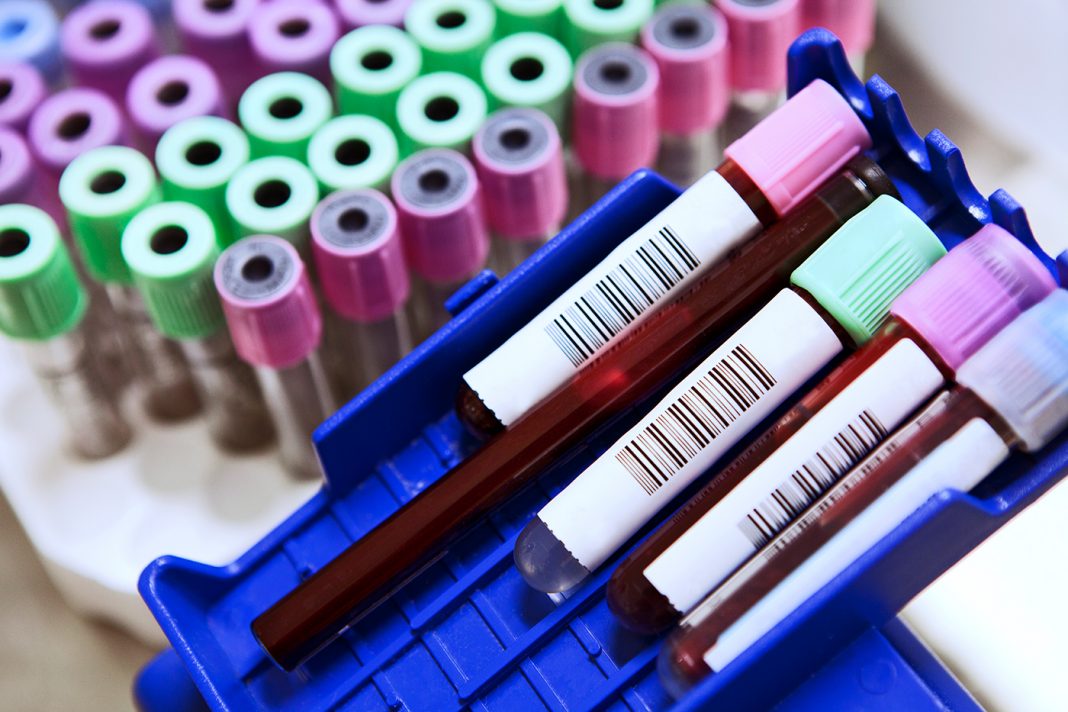The benefits of cancer immunotherapy are without question…for the subset of patients that it is applicable. While immunotherapy has been shown to shrink tumors and prolong survival for patients for whom other treatments have failed, only about 20–30% of patients benefit from it, and clinicians don’t yet know ahead if their patients will respond. Having a comprehensive assay that could quickly determine patients that will benefit from immunotherapy treatments would be invaluable, since these treatments can have severe side effects in a small percentage of patients, and knowing whether to begin or continue would be helpful for patients and clinicians weighing different treatment options.
Now, a team of investigators at the Princess Margaret Cancer Centre have just published data from a novel study evaluating various cancer patients’ response to a specific immunotherapy drug via a customized test based on each patient’s tumor profile. Findings from the new study were published recently in Nature Cancer through an article titled “Personalized circulating tumor DNA analysis as a predictive biomarker in solid tumor patients treated with pembrolizumab.”
Amazingly, the researchers found that individual response to treatment can be predicted within weeks, based on increasing or decreasing levels of DNA fragments that are shed from the tumor into the blood. Genomic testing with powerful new technologies can detect the same genetic mutations in the fragments circulating in the blood as in the actual tumor.
“Immune checkpoint blockade (ICB) provides clinical benefit to a subset of patients with cancer,” the authors wrote. “However, existing biomarkers do not reliably predict treatment response across diverse cancer types. Limited data exist to show how serial circulating tumor DNA (ctDNA) testing may perform as a predictive biomarker in patients receiving ICB.”
Specifically, the study found that a decrease in these ctDNA fragments at six to seven weeks after treatment with the immunotherapy drug pembrolizumab was associated with a beneficial response to the drug and more prolonged survival. The authors noted that the study is one of the first across a broad spectrum of tumors to show that measuring levels of ctDNA could be useful as a predictor of who responds well to immunotherapy.
“It’s like a molecular CT scan that gives us a molecular dimension, an added layer of information to know whether a tumor is growing or not,” noted co-senior study investigator Lillian Siu, PhD, a senior scientist and medical oncologist at Princess Margaret and BMO chair in Precision Cancer Genomics. “That’s why this is so exciting. It helps to predict early on what may happen over time. Although important, computerized tomography (CT) and other scans alone will not tell us what we need to know quickly or accurately enough.”
“New next-generation sequencing technologies can detect and measure these tiny bits of cellular debris floating in the bloodstream accurately and sensitively, allowing us to pinpoint quite quickly whether the cancer is active,” added lead study investigator Scott Bratman, MD, a radiation oncologist and senior scientist at Princess Margaret and associate professor of radiation oncology and medical biophysics, University of Toronto. Bratman also pointed out that it may take many months to detect whether a tumor is shrinking with various imaging scans.
In the current study, the research team analyzed the change in ctDNA from 74 patients with different types of advanced cancers, being treated with pembrolizumab. To customize or personalize the test, all the genes from the tumor biopsy tissue of each patient were sequenced or decoded at Princess Margaret, with specific attention to the mutations that occur in cancer. These cancer mutations ranged from dozens to tens of thousands of mutations per tissue sample, differing according to cancer type. Sixteen genetic mutations for each patient were then selected for a specific test to be developed and customized to detect personalized ctDNA of each patient via a simple blood sample.
“When we looked at all 20,000 genes in each cancer, the range of mutations in different individuals was huge due to the many different cancer types in the study,” remarked co-senior study investigator Trevor Pugh, PhD, a senior scientist at Princess Margaret and associate professor, department of medical biophysics, University of Toronto, and director of genomics, Ontario Institute for Cancer Research. “The novelty is that, rather than taking a one-size-fits-all approach, we designed a personalized blood test for each person based on their own cancer’s mutation list.”
Of the 74 patients, 33 had a decrease in ctDNA levels from their original baseline levels to week six to seven after treatment with the drug. These patients had better treatment responses and more prolonged survival. Even more striking was that all 12 patients who had a clearance of the ctDNA to undetectable levels during treatment were still alive at a median follow-up of 25 months.
Conversely, a rise in ctDNA levels was linked to a rapid disease progression in most patients and poor survival.
“Few studies have used a clinical biomarker across different types of cancers,” concluded Siu. “The observation that ctDNA clearance during treatment and its link to long-term survival is novel and provocative, suggesting that this biological marker can have broad clinical impact.”


